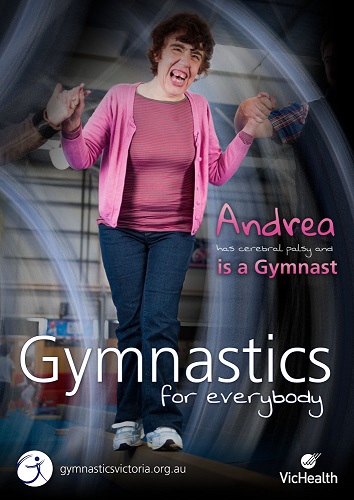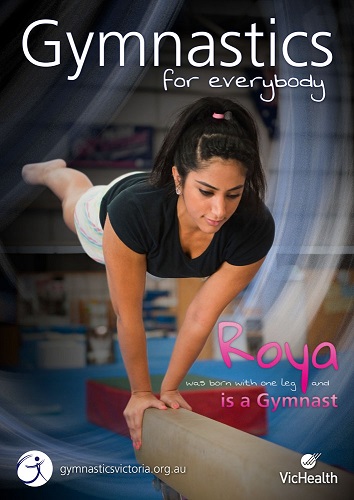Sport organisations use many forms of communication to promote and deliver sporting opportunities. This includes written and visual communication on websites, in emails and social media. It also includes face to face communication.
Therefore, it is important that your organisation works to ensure all formats of communication are accessible to people with disability. This means catering to a diverse range of needs including people with intellectual disabilities, vision impairments, hearing impairments or other conditions which affect styles of communication. If you are unsure what kind of communication is needed, talk to people to find out what kind of support they need. If you would like to learn more about different types of disability, click here.
There are several resources which VicHealth promoted during the State Sporting Association Participation Program that are useful for developing accessible communications.
You can also provide education to coaches and volunteers on how to best communicate with people with disability. This is a very useful activity to undertake as can help to create a positive first experience in your sport.Good examples of sport guides to communication include this Swimming Australia tip sheet on Inclusive Communication and the Basketball Victoria Communication Guide.
When writing documentation for your sport organisation, consider the language you use. This is important, as simple approaches can be effective and respectful to the rights of every individual. Always refer to people first. Phrase references to those with disability by stating the person first and the reference to the disability second. For example, a child with a diagnosis of autism should be referred to as a ‘child with autism’ or a ‘child who has autism’ rather than an ‘autistic child’. Gymnastics Victoria, in partnership with VicHealth, created an inclusive poster series called ‘Gymnastics for Everybody.’ The posters are an excellent example of how to highlight the abilities of people and change the perception of who participates in sport.
